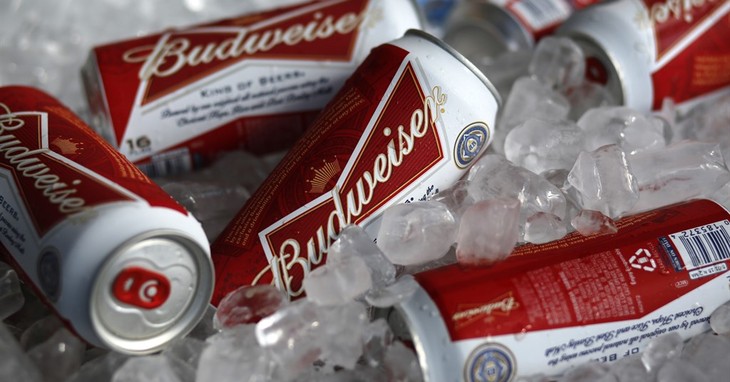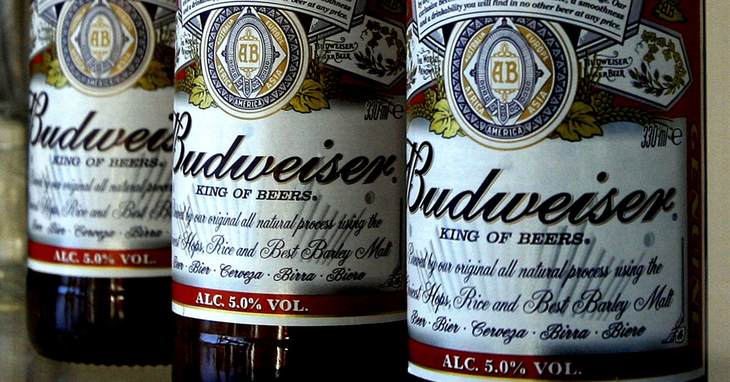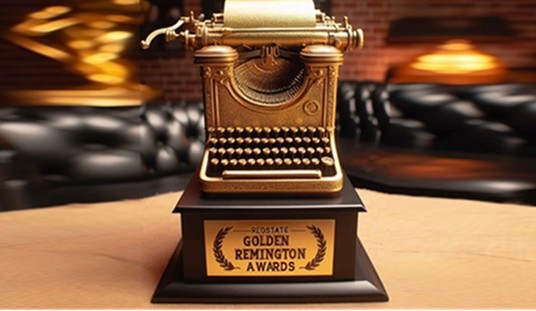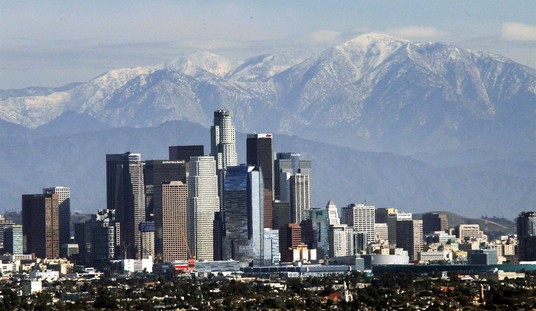In the brewing landscape, there is a simple way to get the ire raised in both the casual drinker or the intense zymurgist — bring up the subject of Anheuser Busch, and the macro-brewer’s products. The reactions are visceral and usually instantaneous, with acidic comments sure to flow faster than the exponentially IBU-numbered IPA. Their disdain will be just as palpable, and as bitter.
Now, as I thematically mention here, mine is not to take the position of persuasion. I am not in the practice of attempting to sway preferences so much as I am about exposure and encouraging experimentation. Preferences are inevitable but rock-ribbed devotion at the expense of experience is simply too limiting. I have covered my distaste for IPAs, for instance, but that is not a result of avoiding them. I have sampled numerous on the road to my conclusion.
There is a similar repellant attitude towards Budweiser and its family of products, especially in the craft brewing landscape. Call it hatred, if you will. It’s an attitude not unlike a petulant teen feeling their independence by lashing out at the parents, one rooted more in emotion than rationality. One example was seen locally here in South Florida. A local brewery has been building its reputation and label profile for years, to an extent that it was inevitably courted by the larger brewers for takeover.

When it came to making the final decision, the brewery was outwardly opposed to ever selling out to AB-InBev, undercutting its own purchase by ten million dollars as it opted to go with a smaller outfit. This was not only cutting down its check to spite its wallet, but it also truncated future profits by having a more limited distribution network.
This reaction is not a shocking one, and the level of contempt is commonplace, but there is much about Budweiser that is generated by misconceptions. Understanding that what I will undertake here will be seen as heresy by some, I will attempt to clarify some of the issues, like so much Pilsner, much to the bile of the bearded millennial craft brew set. Do not fear, there is not a scarlet ‘B’ applied if you ever deign to sip from the accursed red label.
Yes, The King Of Beers has seen its kingdom wither over the past generation. Partly this has been the result of the popularity of its progeny, Bud Light, but also the monumental popularity of craft over the past decades has seen the market for this once-dominant label dissipate like a foamy head in a dirty mug. In 2013, sales of Bud became surpassed by the craft beer market for the first time. This was considered a landmark moment for the industry, but just consider this — that was all craft beer totaling sales more than a solitary label.

Many cheered the slaying of the giant, but there is a reason Budweiser became the monumental beer brand At its inception, America, in the 1800s, was beholden to purely local brewing since shipping and distribution were not a concern. Almost all areas were served by those creating European-style ales and other similar variations. But there became a growing desire for something different, and the lager style of a lighter, more clear and crisp beer was growing in popularity.
The original beer company was going bankrupt and was bought by a St. Louis soap maker, Eberhard Anheuser. His partner sold his half of the company to Anheuser’s son-in-law, Adolphus Busch, and he was the mastermind of the national takeover. Busch came up with a number of revolutionary techniques to make the beer more available. Pasteurization was first used, as well as bottling the beer on a widespread scale. He also was the force behind refrigeration and cold-storage shipping via train cars. These industry standards were all the result of the accursed brewery’s innovations.
As for the beer itself, myths and misconceptions abound. The beer itself is frequently described in negative terms, from macro-swill to fast-food beer, and numerous comparisons to micturation. There is a frequently denied reality, however; the beer is costlier and takes longer to make than most on the market. This strikes many as being a sacrilege to even suggest, yet the brewing process is very lengthy and involved.
The charges of Budweiser being made on the cheap and having a water-like character are not rooted in reality. Some charge that the use of rice and corn is evidence of cost-cutting, but this defies the fact that these are used as adjunct grains. This means more ingredients are employed, including the costlier addition of rice, in addition to the standard beer wort composition. This is done to achieve the beer’s clarity, using the standard that has been the mandate of Adolphus Busch since the 1800s. The same can be said of the process.
Many ales can be started and bottled in a 2-week time span, with some even shorter. Budweiser requires no less than a 30-day brewing process. This includes a secondary fermentation, using the famed Beechwood aging step, a 3-week fermentation. The brewer developed this step with tanks designed sideways to accommodate and maximize the bottom-fermenting yeast. The beechwood strips sit in the bottom of the tanks and make for a lattice-like structure to give the yeast more exposure in the mixture, as opposed to settling on the bottom in a pile.
All of this means that the brew is not cheaper in creation, but is produced in a manner where the efficiency pays off. Even the heartiness is underestimated. As far as alcohol content Budweiser is fairly middle of the road, with a bold enough 5% body. The overlooked reality is that many in the craft beer environment will denigrate Bud as having a water-like character, while at the same time celebrating labels dubbed session beers, which by definition sport far lower alcohol percentages.

This all goes to show that much of the contempt tossed at the label is not a result of deep thought. The snobbishness found in some beer circles fuels these reactions, with the irony being that the dismissiveness often betrays an ignorance, while that is the very thing being accused. Many in the craft brewing universe not only look down on those who might dare still drink from the famed brand, but they will accuse those who do so of not being properly sophisticated about what they swill.
Now consider the criticisms you may hear from them about the beer itself, and you come to understand where the ignorance actually resides. Just stick the facts above in your back pocket, and when you hear the supposed “experts” declare that Bud is a cheap pisswater made on the quick, you can playfully banter with them about how little they actually know. Or, maybe not.
Sometimes those self-avowed beer sommeliers can be an insufferable lot.















